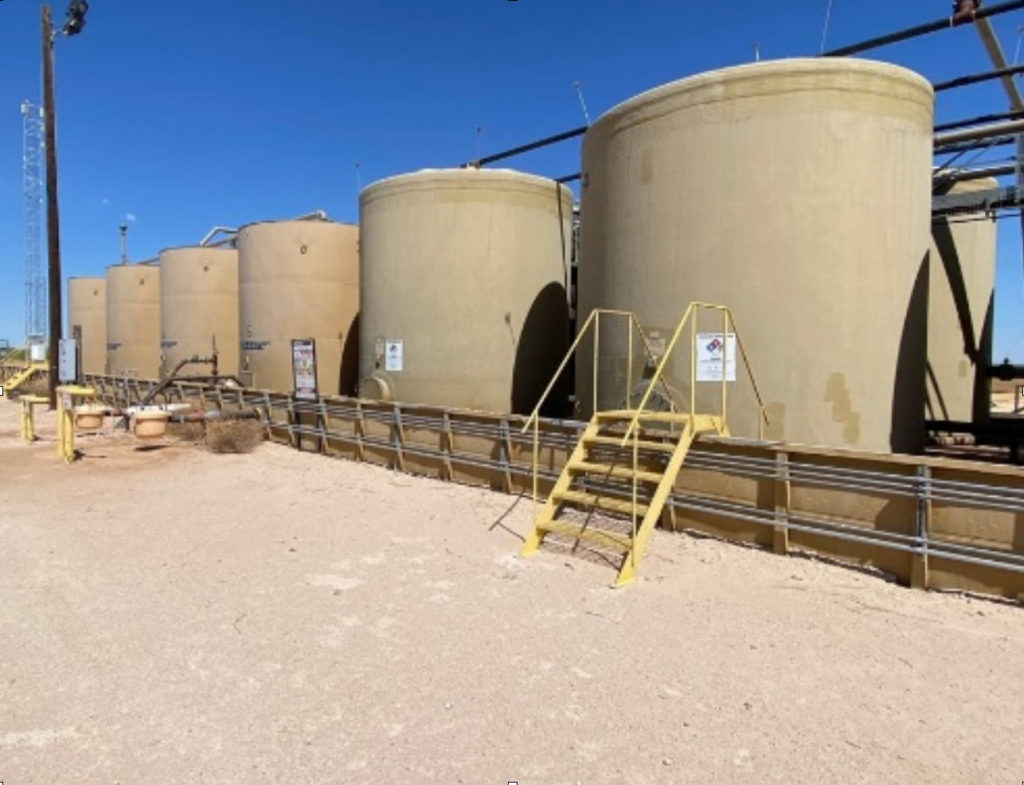Relevance:
Stray gas accumulation in subsurface soil can be a significant risk to human health and environment. It can migrate through natural and manmade preferential pathways. Consequently, the accumulation can cause an explosion hazard or affect drinking water supplies. Thus, identifying sources, evaluating potential exposure pathways, and designing remediation actions are an important component of environmental liability, methane assessment, and remediation.
Project Characteristics:
Ensolum currently has 14 active soil vapor sites at recently plugged and abandoned oil and gas wells. This is to investigate potential for stray gas. Ensolum performs an initial soil gas assessment around the plugged well using a hand auger or slide hammer to access subsurface soil. Using tubing and a gas monitor with internal pump, Ensolum also field screens each soil gas point for presence or absence of methane gas. If methane is detected, Ensolum collects soil gas samples using a specialized sampling manifold for isotopic analysis and determination of gas composition. The results allow the gas to be fingerprinted as thermogenic (often a geologic source), biogenic (often the results of biologic processes involved in decomposition of shallow organic matter), or a mix of both.
The initial methane assessment identifies the extent of methane gas in the subsurface and a potential source. Ensolum then conducts an evaluation of potential site-specific receptors and designs appropriate remediation. Enoslum currently operates 2 active remediation sites that employ soil vapor extraction (SVE) in a grid pattern targeting the identified soil gas plume. The SVE systems can operate on propane, diesel, or electric power and may be mobile or fixed. Ensolum designs, installs, and maintains the system while conducting regular performance monitoring and regulatory reporting. Additionally, once the gas has been removed from the subsurface, Ensolum will conduct closure monitoring. Lastly, upon regulatory approval, Ensolum will abandon the vapor point and decommission the system for use at other locations.
Visit our Past Projects Page to learn more about Ensolum’s previous projects.

Photo 1: SPCC-Applicable Oil Storage Tanks

